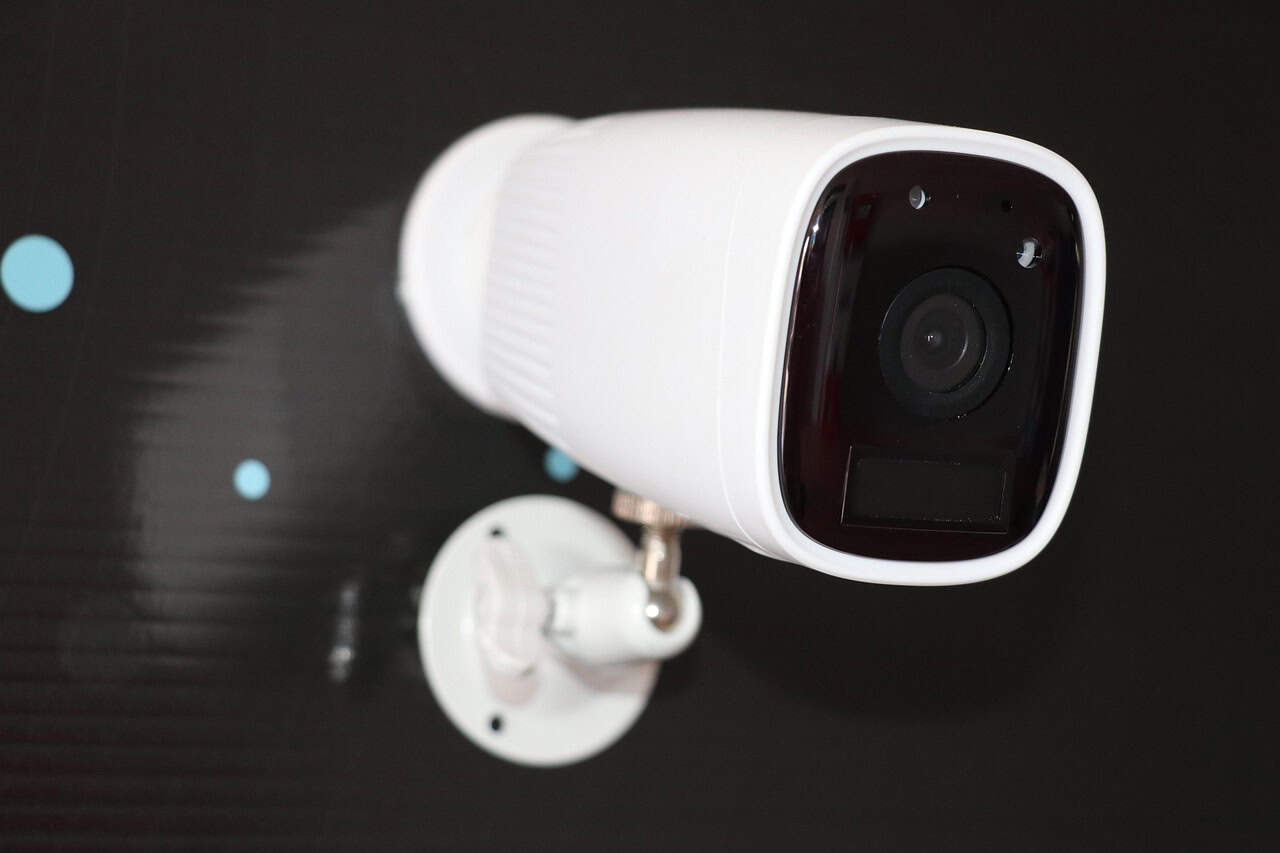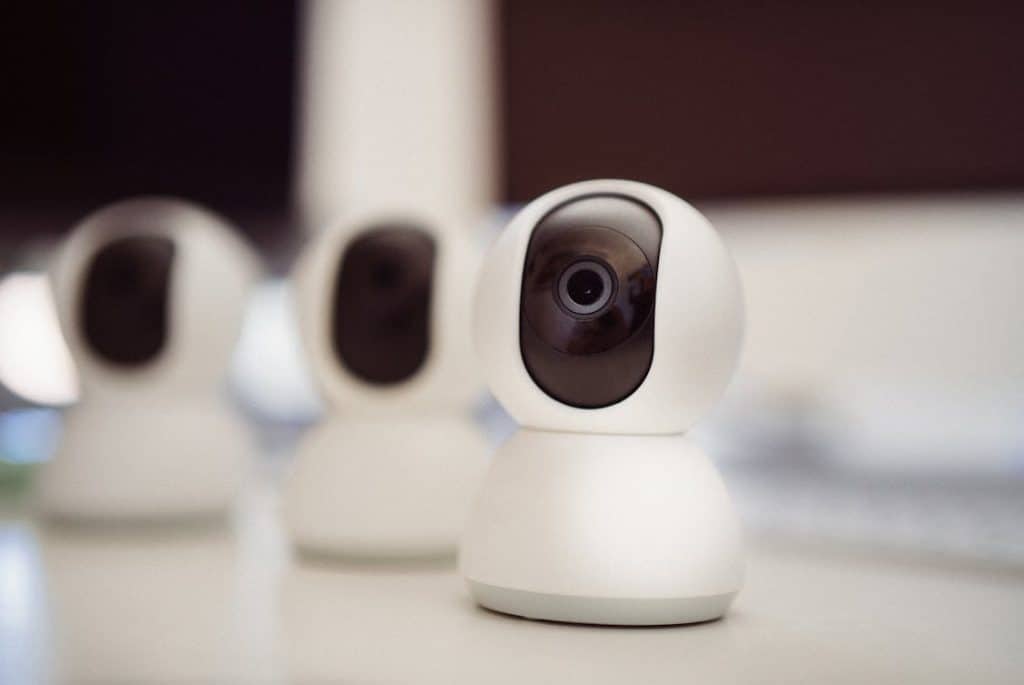Choosing between wired and wireless cameras can feel like a fork in the road for anyone setting up home or business surveillance. Both types promise safety and peace of mind, yet each brings trade-offs that matter in daily use.
You will read about signal paths, power sources, and the realities of image capture so you can line up options against needs. Some users want a set-and-forget arrangement, others want flexibility and quick moves; either way, there is no one-size-fits-all answer.
How Wired Cameras Work
Wired cameras rely on direct cabling to carry video and, often, power; coax, Ethernet and similar lines move data with low latency, which helps when detail matters. A wired feed tends to be steady, because the video stream and power source are physically linked, so brief glitches from other devices are less likely to creep in.
Install time can be longer if walls need drilling, but once run, cables give a persistent backbone that stays recorded and recorded again without the worry of radio noise. For many, that long-term steadiness is the main attraction, and it hits the nail on the head where reliability rules.
How Wireless Cameras Work
Wireless cameras send video over local Wi‑Fi or proprietary radio bands, which frees users from running cables through walls and ceilings and makes repositioning a breeze. Packet loss and signal interference can affect frame rate and clarity; modern codecs and stronger antennas have narrowed that gap, yet environmental factors still play a role in final image quality.
Battery-powered units add another layer of flexibility, but they bring recurring chores like recharging or swapping cells, which some people find a small price for mobility. If you want a setup that balances freedom of placement with dependable streaming, you’ll find that this wireless security camera offers a great mix of portability and smart performance for everyday monitoring.
Installation And Upkeep
Wired installations demand a upfront effort: routing cables, planning junctions, and possibly hiring a pro to avoid ugly runs or safety missteps, but once done, maintenance tends to be low. Wireless setups are friendlier for DIYers and renters, because placement changes are simple and there’s less wall work to worry about, though firmware and network tweaks crop up from time to time.
Both systems need cleaning and occasional checks of mounts and seals, since weather and dust can corrode connectors or fog lenses and reduce performance. A steady routine of inspection, firmware updates, and storage checks keeps either setup running like clockwork, and that small discipline pays off.
Image Quality And Reliability

Wired feeds often provide higher and more consistent throughput, which translates to better resolution, smoother frame rate, and fewer dropped frames when motion ramps up in a scene. Wireless video can approach the same quality on strong networks, but competing traffic, range limits and bandwidth caps can throttle a crisp stream into a jittery one.
Low-light performance depends more on the sensor and lens than the transmission method, though a steady power source helps advanced processing run all the time. When top-tier clarity is on the shopping list, many lean toward wired systems for mission-critical views that must be recorded without fail.
Power And Connectivity Needs
Power choices shape where a camera can live: wired models can draw power over cable in some designs, or tap a nearby outlet, which keeps batteries out of the mix and continuous features online. Wireless options can be plug-in or battery-driven; battery models win where outlets are scarce, yet they impose a cadence of charges or swaps that affects uptime.
Hybrid arrangements exist, where a wireless radio handles the link while a steady power feed keeps recording and analytics alive, blending the best of both worlds, but that adds hardware and maybe extra cost. If continuous monitoring is a must, think about how power and connection combine to keep your video stream flowing.
Security And Data Privacy
Every camera is only as safe as its weakest link: firmware left unpatched, default passwords, and open network segments can make systems an easy target for snoopers who should not have access. Wired networks can be physically isolated and segmented on switches to reduce attack surfaces, while wireless units need robust passwords, updated encryption and careful network design to block unwanted ears.
Local storage removes certain cloud risks, but local media still needs secure handling and backups so evidence isn’t lost when a drive fails or a thief targets gear. Privacy comes up in user behavior too; set policies for access, logging and retention so event clips are shared only with authorized eyes.
Cost And Long-Term Value
Upfront cost for wired kits can be higher if professional installation is required and cable runs are extensive, but operating expenses often drop because there are fewer recurring parts like batteries or extra access points. Wireless cameras can look cheaper at first, especially when they are self-installed, yet subscription fees for cloud storage or periodic battery replacements add up over the years.
Warranty length, included software, and ease of expansions factor into the total outlay; think in terms of lifecycle dollars rather than a one-time sticker price. Picking the best financial path means lining up projected needs—coverage area, storage habits, and expected moves—against those recurring and hidden costs.
Matching Camera Choice To Typical Use Cases
For a storefront that needs always-on recording and crisp detail for license plate reads or disputes, a wired system often gives the performance and uptime managers prize. A tenant in a rental who wants quick, temporary monitoring while on short notice benefits from wireless units that attach to a router or run on batteries with minimal fuss.
For hybrid needs—showing both a fixed internal view and a movable external camera—mixing systems lets users get steady streams where they matter and flexibility where it helps most. In practice, many people blend wired and wireless elements so each camera plays to its strengths without forcing a single approach on every corner.


